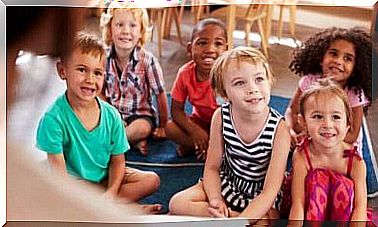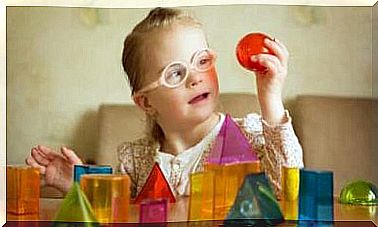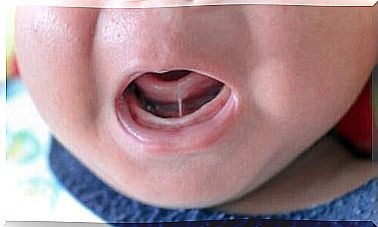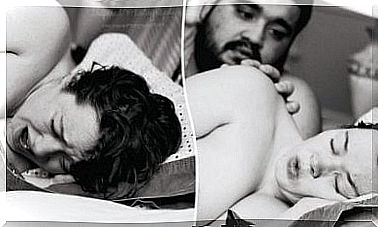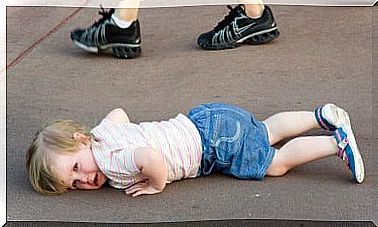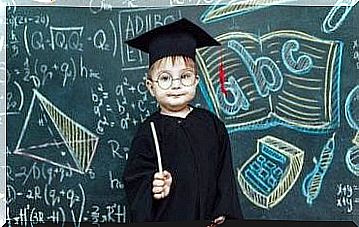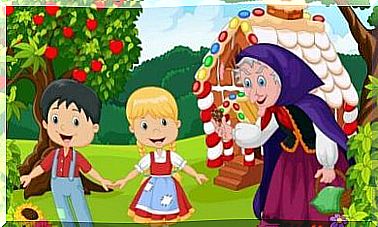Hyperactive Children: How And When ADHD Is Detected – You Are Parents
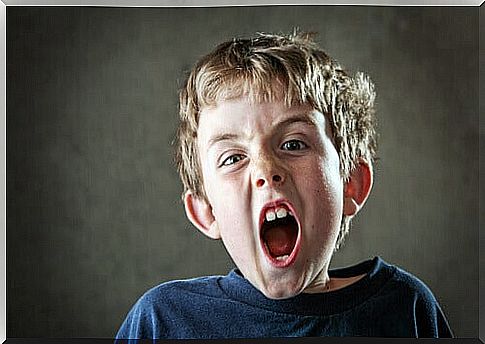
When children are with other people, hyperactivity increases, especially with those with whom they do not have a frequent relationship or who do not know. When they are alone, on the contrary, this behavior decreases. Usually, with hyperactivity, they develop problems with concentration and attention, known as attention deficit hyperactivity disorder (ADHD). It’s not easy to diagnose, but we can analyze their attitudes and determine if we should study them.
How hyperactive children act
One of the main characteristics of hyperactive children is their difficulty in concentrating and focusing their attention. Here we present some of the main attitudes that a hyperactive child can have:
- They are particularly problematic, destructive, insensitive to punishment, restless and nervous.
- It is difficult to educate them.
- They are impulsive and disobedient.
- They have a low threshold to tolerate frustration.
- They remain restless in whatever activity they do.
- They have difficulty concentrating.
- They exhibit disruptive behavior.
- They have cognitive impulses.

Causes of hyperactivity
Hyperactivity in children is much more common than it looks. According to some studies, it affects 3% of children under the age of 7 and is more common in boys than in girls. It was determined in 1914 that the causes of hyperactivity are due to minimal brain dysfunction, lethargic encephalitis affecting the area of behavior, resulting in compensatory hyperkinesia, explosiveness in voluntary activity, organic impulsivity and the inability to stand still.
Then, in 1937 the therapeutic effects of amphetamines in hyperactive children were discovered, and based on the theory of 1914, these brain stimulating drugs, such as benzedrine, were administered and showed noticeable improvement in patients.
Age-specific hyperactivity indicators
As children grow older, they develop different types of behaviors that can make them hyperactive. These behaviors are very easy to recognize because their actions are very obvious, but we must take them into account from an early age in order to determine if the child is suffering from hyperactivity.
0 to 2 years old
They present excessive nerve cell shocks during sleep and have difficulty maintaining the rhythm of the meal. They have short periods of sleep and often wake up with a start. They also show resistance to usual care, a strong reactivity to auditory stimuli and irritability.
2 to 3 years old
They are immature in expressive language, they possess excessive motor activity, they have low awareness of danger and tend to suffer from various accidents because they have recognized for not recognizing when something is really dangerous.
From 4 to 5 years old
They have great difficulty forming relationships with other children, they are disobedient and have difficulty following rules. It is difficult for them to take into account the observations of adults about their behavior.
Over 6 years
Hyperactive children over the age of six exhibit characteristics such as: being impulsive, they perform poorly in school, attention deficit becomes more evident, and difficulties in socializing increase.
Symptoms of a child with ADHD
When the child also has attention deficit and impulsivity deficit, accompanied by hyperactivity, we will talk directly about Attention Deficit Hyperactivity Disorder (ADHD), which should be determined through a medical examination. . As we mentioned earlier, the top three signs that a child has ADHD are:
- Difficulty in attention and concentration
- Hyperactivity
- Impulsiveness
Not all behaviors are ADHD
Some children may exhibit behaviors very similar to this disorder, but that does not mean that they have it. In childhood, children may be restless, have problems with concentration and impulsivity. However, these are normal behaviors as long as they do not exceed certain limits.

In order to be able to consider a possible diagnosis of ADHD, the child must have the following criteria according to the DSM-5 (Diagnostic and Statistical Manual of Mental Disorders, Fifth Edition):
- The child exhibits these behaviors disproportionately compared to other children.
- These behaviors appear before the age of 12.
- They affect the child at school, in his family environment and in the social sphere.
- This affects their quality of life.
- They are not caused by any medical, toxic, or other psychiatric problem.
Treatments
The most widely used pharmacological treatments are stimulants which help the child to concentrate better and pain relievers in case the child has psychotic traits. On the other hand, psychotherapeutic treatment aims to improve the family and school environment, helping the child to integrate better. Finally, cognitive processing is based on the approach to performing tasks, where the child plans his actions and improves his internal language.
If at any time you notice any of these characteristics in your child, it is important to study their behavior to determine if they have Attention Deficit Hyperactivity Disorder (ADHD) or just normal hyperactivity. according to its stage of development. The analysis of his behavior will be essential in order to identify any abnormal behavior.
